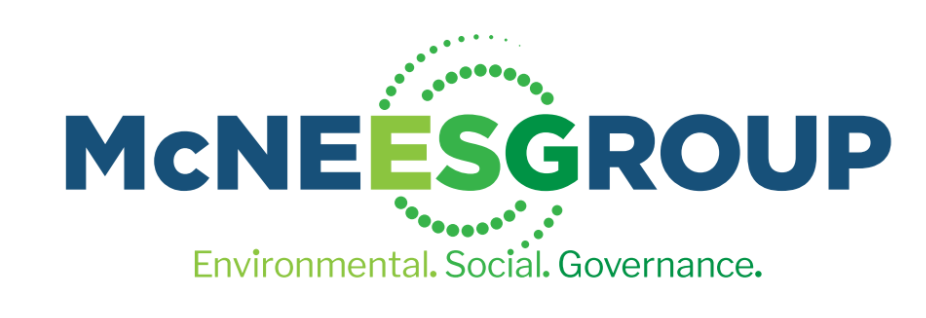The $50,000 Mistake That Changed How I Think About Market Validation
Sarah had it all figured out. A brilliant app idea that would revolutionize how busy parents plan family meals. She spent eight months and $50,000 building the perfect product—intuitive design, AI-powered meal suggestions, grocery list integration, the works.
Launch day arrived. Crickets.
After three months, she had 47 downloads and zero paying customers. The brutal truth? Parents weren't struggling with meal planning the way she thought they were. They had bigger problems, she never bothered to discover.
Sarah's story isn't unique. It's the entrepreneurial tragedy that plays out thousands of times every year. We fall in love with our solutions before we truly understand the problems.
The harsh reality: 42% of startups fail because there's no market need for their product. That's not a funding problem or a team problem—it's a validation problem.
The Market Validation Imperative
Market validation isn't just a nice-to-have step in your entrepreneurial journey. It's the difference between building something people want versus building something you think they should want.
Here's how to validate your idea before you invest your life savings, relationships, and sanity into it:
1. The Problem Interview Method
Before you build anything, talk to 50+ potential customers about their problems—not your solution.
The framework:
- "Tell me about the last time you experienced [problem area]"
- "How are you currently solving this?"
- "What's the most frustrating part about your current solution?"
- "If you had a magic wand, how would you solve this?"
What to listen for: Emotional language. When someone says "I hate having to..." or "It drives me crazy when..." you've found real pain worth solving.
Red flags: If you have to explain why something should be a problem, it probably isn't one. People experiencing real problems can articulate them clearly.
Sarah's lesson: Had she done this, she would have discovered that busy parents' biggest meal-related stress wasn't planning—it was getting kids to actually eat what they made.
2. The Minimum Viable Test (MVT)
Test demand before building the product. Create the smallest possible experiment to validate that people will actually pay for your solution.
Examples that work:
- Landing page with email signup: Build a simple page describing your solution and measure conversion rates
- Concierge MVP: Manually deliver your service to 10 customers before automating anything
- Fake door test: Add a "coming soon" feature to an existing platform and track interest
- Pre-order campaign: Sell before you build (think Kickstarter model)
The magic number: Aim for at least 10% of your target audience to express purchase intent. Anything less suggests weak market demand.
Real example: Dropbox famously used a simple video demo to validate demand before building their complex file-syncing technology. The video generated massive interest and proved people wanted the solution.
3. The Competitive Analysis Deep Dive
If no one else is solving this problem, that's either because you're a genius or because there's no viable market. Spoiler alert: it's usually the latter.
The validation questions:
- Who are your indirect competitors? (How do people solve this today?)
- Are existing solutions profitable? (Check their funding, team size, customer testimonials)
- What are customers complaining about with current solutions?
- How much are people currently paying for alternatives?
The goldilocks zone: You want enough competition to prove market demand, but not so much that you can't differentiate.
Pro tip: Study failed competitors. What did they get wrong? Their failures are your free market research.
The Validation Mindset Shift
Market validation isn't about proving you're right—it's about discovering what's true. The goal isn't to validate your idea; it's to invalidate your assumptions quickly and cheaply.
Questions to ask yourself:
- What would have to be true for this to be a billion-dollar opportunity?
- What's the smallest test I can run to prove or disprove this assumption?
- Am I solving a vitamin problem (nice to have) or a painkiller problem (must have)?
Your Next Steps
Pick one validation method and commit to completing it in the next 30 days. Set a clear success metric before you start. If you don't hit your benchmark, pivot or abandon the idea.
Remember: Every "no" in validation saves you months of building something nobody wants. Every "yes" gets you closer to product-market fit.
The market doesn't care about your brilliant idea. It only cares about its problems getting solved.
What's your biggest market validation challenge? Share your experience below—we're all learning together.
Need help designing your validation strategy? I'm offering free 30-minute consultations to help entrepreneurs avoid the $50,000 mistake Sarah made.
Book here: https://calendly.com/markmcnees/initial-consultation
